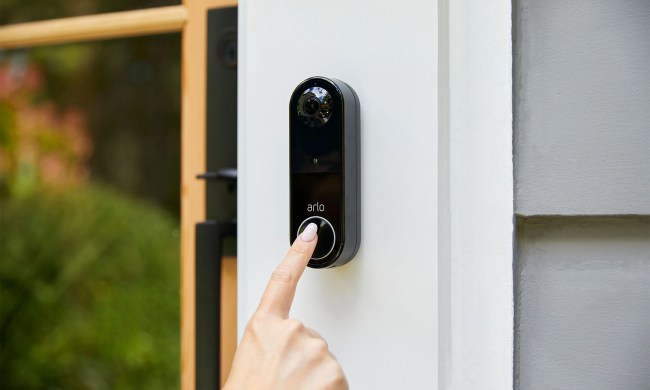“When I am working on a problem, I never think about beauty … but when I have finished, if the solution is not beautiful, I know it is wrong,” Buckminster Fuller is credited with saying. The architect and inventor was an advocate for geodesic domes as homes, and they can indeed be lovely.
There are dome homes throughout the U.S. — some are even for sale — but they never caught on in the way Fuller hoped (perhaps Amazon’s new spheres will change some minds, though). If you’re looking for an energy-efficient, unusually shaped new abode, however, there are a few companies willing to build you one, including Smartdome Construction. The Slovenia-based company makes domes that are transparent and meant to blend in with nature. They’re also designed to be deconstructed and moved, should you want a change of scenery.
“It’s the first printed dodecahedron structure in the world,” Zeljko Hocevar of Smartdome Construction told Inhabitat. There are options to choose from, inccluding a choice between transparent or opaque, with the framework made of galvanized steel and laminated, moisture-resistant timber. The see-through version is made of UV-resistant 3D thermoformed polycarbonate (which is essentially Plexiglass), while the more private model uses mineral wool insulation and can be covered with polycarbonate, acryl, or wood. The structure sits on top of steel legs, so it can even find a home on rugged terrain.
The dome is pretty cozy, about 269 square feet or 25 square meters. The company envisions putting them near ski slopes, raised above the water, in tree tops — essentially, in places humans want to go on vacation but which usually require disruptive construction to make a permanent dwelling. Smartdome can make larger sizes, and the price for the base model is 19,900 euros, or about $22,450. It’s not quite small enough to pack up and fit in a garage, so you’ll probably still want somewhere permanent to store it.


